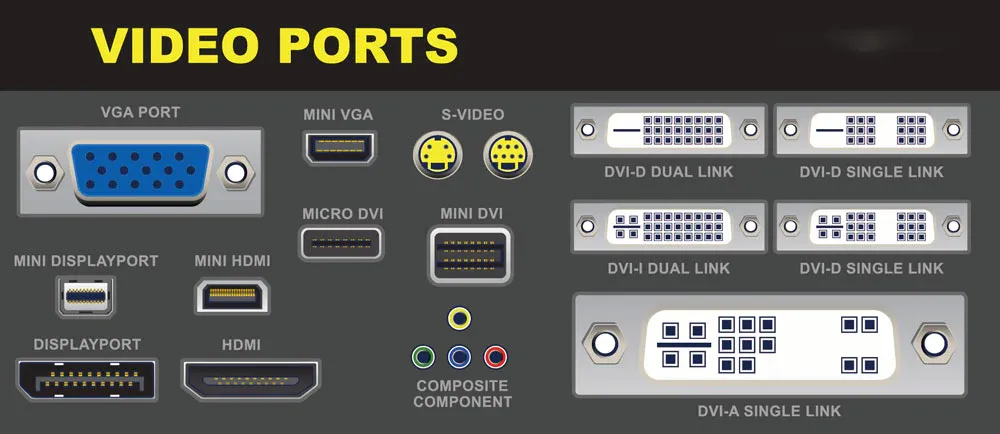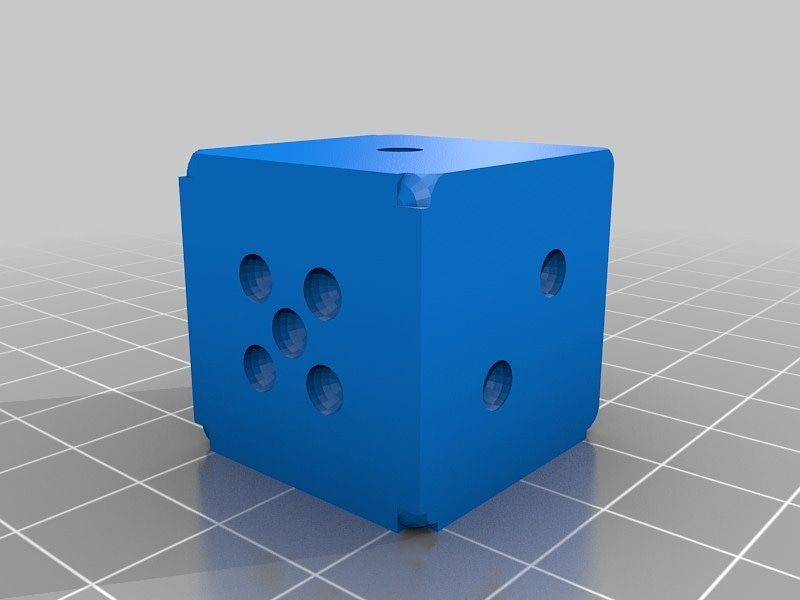Display Connectors
There are a variety of connectors used to connect computers to monitors. Here is a handy reference.

VGA (1987)
VGA is then only connector on this list which uses an analog signal. While is technically inferior to the digial connectors listed below it is still included on many monitors and televisions.
DVI-I & Dual-link DVI (1999)
DVI-i and Dual-link DVI are digital video interfaces and should offer a superior image over a VGA connection. The physical connections are very similar; a DVI-I (also call single link) monitor will work with a Dual-link DVI output. The main difference is that dual link DVI connector has six more pins and can support higher resolution monitors.
VGA and DVI are being passed out in favor of HDMI and DisplayPort.
HDMI (2002)
HDMI most commonly on televisions and home audio visual equipment. HDMI can transmit audio in addition to video. It can also control other compatible HDMI devices. The video portion of the HDMI signal is electrically compatible with DVI, so HDMI and DVI devices can be connected with a simple adaptor.
DisplayPort & Mini DisplayPort (2006)
DisplayPort and Mini DisplayPort are digital display interfaces developed by PC manufactures designed to replace VGA and DVI. DisplayPort is found on most modern computers. Mini DisplayPort is a physically smaller connection typically found on laptops.
Standards like DockPort (a.k.a. Apple's Lightning port) and USB-C are companion standards that implement the DisplayPort standards to handle video and audio in addition to providing the ability to transmit power and/or data.



